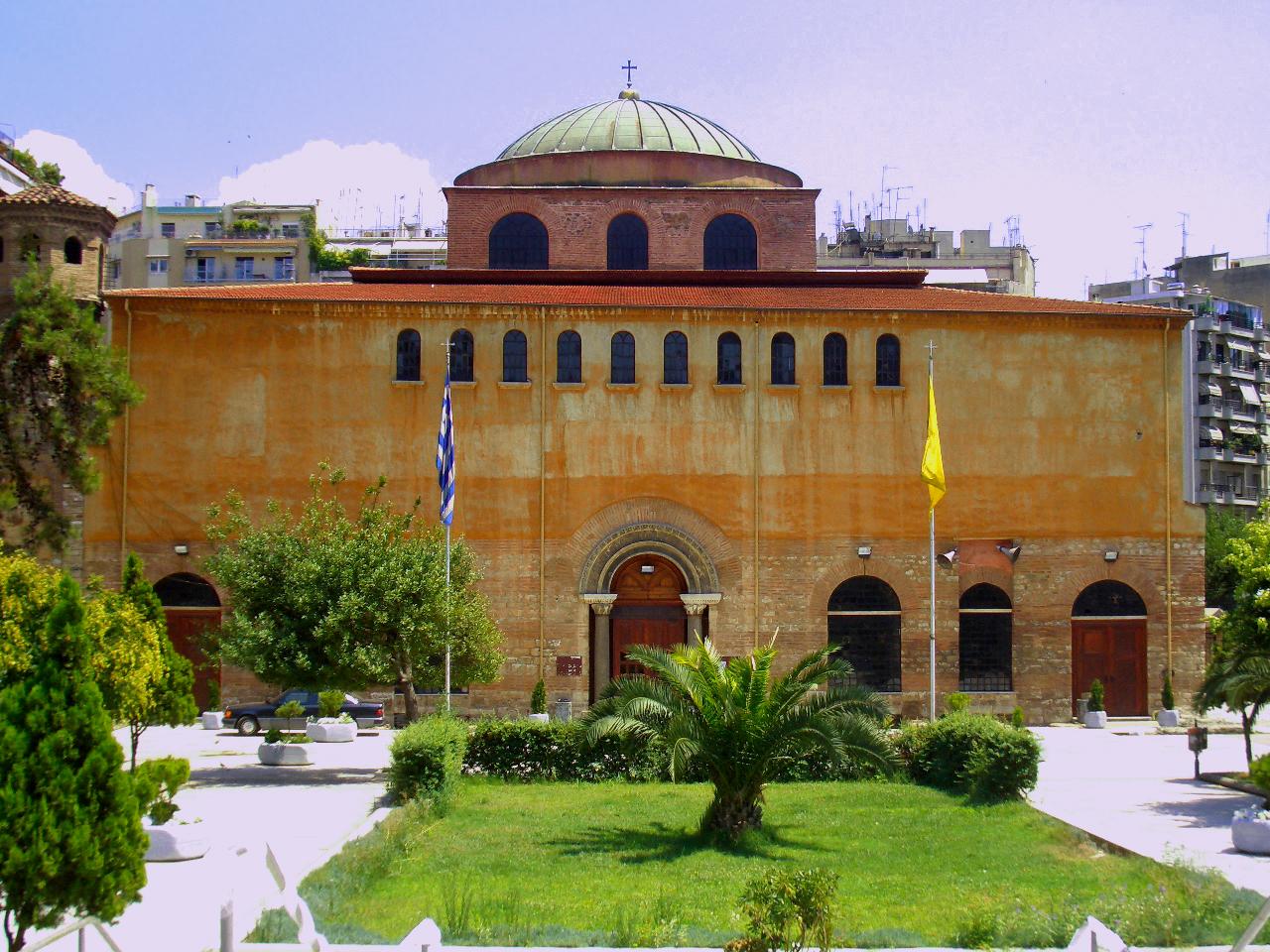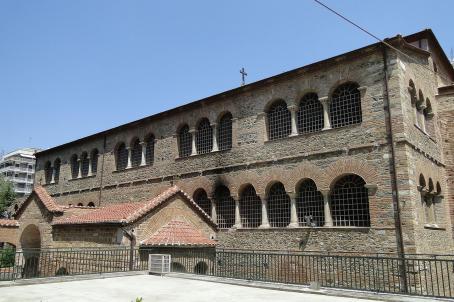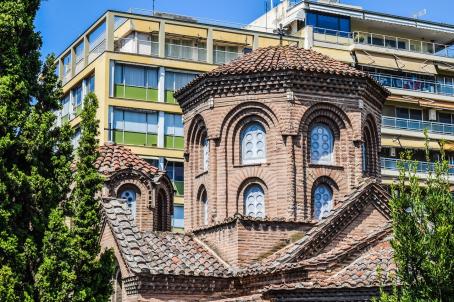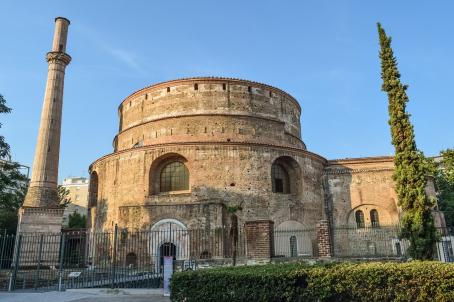Hagia Sophia
The Hagia Sophia Temple is a rare example of an iconoclastic church (726-787) combining the features of a cross-domed church and a basilica with three naves. Hagia Sophia was built at the turn of the 7th and 8th centuries on a 5th century church destroyed by an earthquake. Converted into a mosque by the Turks in 1523, it remained a place of Islamic worship until 1912 and the return of Thessaloniki into the Greek fold. In 1988, as a paleochristian and Byzantine monument, it was inscribed on the UNESCO World Heritage List.






